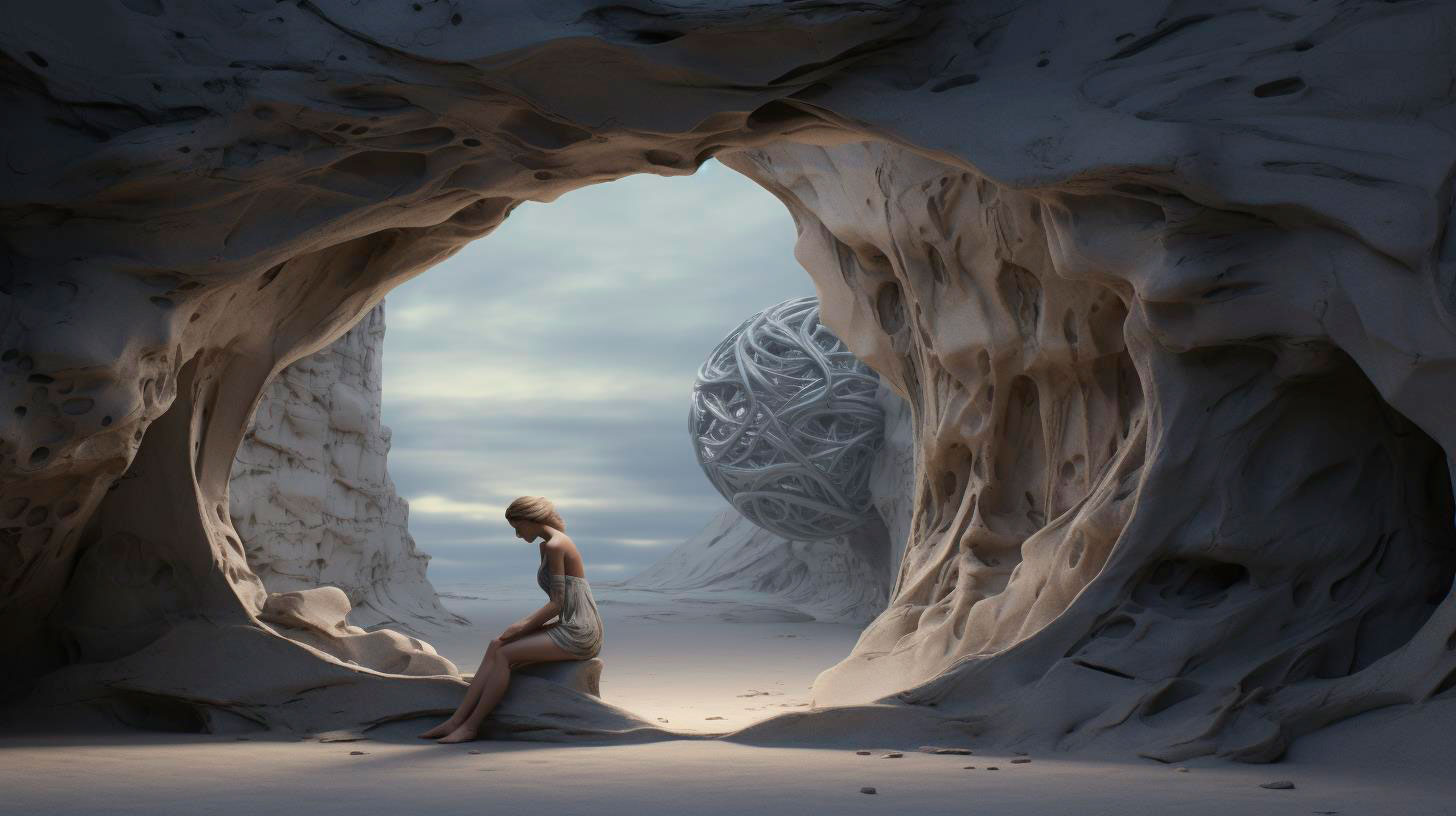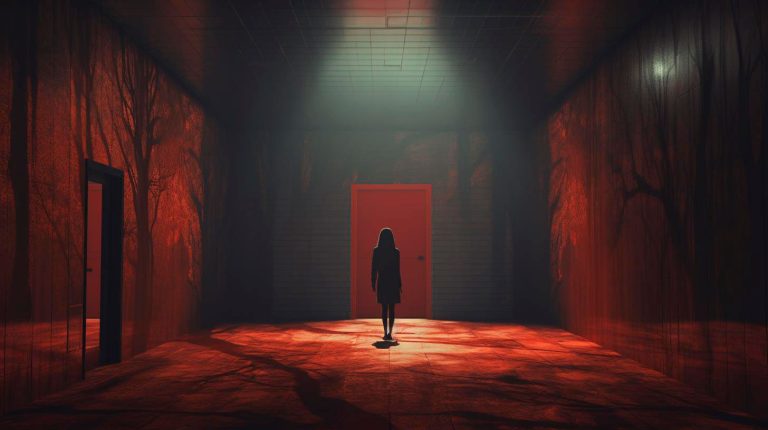However, not all photographers possess the same level of proficiency when it comes to post-processing. There are a few exceptional individuals who have truly mastered the art of editing and have made a significant impact in the world of photography. Let’s dive into the world of famous photographers’ post-processing techniques and learn from their expertise.
Ansel Adams: The Master of Landscape Photography
When it comes to landscape photography, Ansel Adams remains an influential figure. His iconic black and white photographs of the American West are known worldwide for their remarkable detail and tonal range. Adams’ post-processing technique involved a meticulous darkroom workflow, where he carefully dodged and burned specific areas to achieve the desired contrast and tonality. His attention to detail and passion for perfection made his prints stand out.
- Adams used the Zone System to carefully meter and expose his images, ensuring optimal tonal range.
- His post-processing technique involved precise dodging and burning to enhance tonality and contrast.
- Key takeaway: Mastering the art of dodging and burning can significantly improve the tonal range and contrast in landscape photography.
Annie Leibovitz: Master Storyteller through Portraits
Annie Leibovitz is renowned for her exceptional portrait photography and her ability to capture the essence of her subjects. While her photography skills are undoubtedly remarkable, her post-processing techniques play a crucial role in bringing her images to life. Leibovitz applies subtle adjustments to color and tone, ensuring the image aligns with the mood she intends to convey.
- Leibovitz’s post-processing involves careful color grading and tonal adjustments to set the desired mood.
- She emphasizes the importance of maintaining the subject’s authenticity while enhancing the overall impact of the image.
- Key takeaway: Attention to color and tone can enhance the emotional impact of portrait photography.
Steve McCurry: Master of Color and Composition
Steve McCurry is known for his captivating photographs that portray various cultures and people around the world. His vibrant and rich color palette, coupled with meticulous composition, creates images that truly resonate with viewers. McCurry’s post-processing technique involves careful color calibration and adjustment, ensuring that the final result accurately represents the scenes he witnessed.
- McCurry’s post-processing focuses on color calibration and adjustment to maintain the authenticity of the scene.
- He carefully composes his images to create a strong visual impact and tell compelling stories.
- Key takeaway: Paying attention to color calibration and composition can elevate the storytelling aspect of photography.
Erik Johansson: Master of Surreal Composite Photography
Erik Johansson is a contemporary photographer known for his surreal and mind-bending composite images. His post-processing technique involves meticulously blending multiple photographs together, creating seamless and often impossible scenes. Johansson’s expertise in editing software and his precise attention to detail make his images truly awe-inspiring.
- Johansson’s post-processing revolves around intricate compositing techniques using various photos.
- He pays close attention to details, ensuring that the final image looks realistic and cohesive.
- Key takeaway: Mastering compositing techniques can unlock endless creative possibilities in photography.
Conclusion: Learning from the Masters
Post-processing plays a significant role in the artistic journey of a photographer. By studying the post-processing techniques of famous photographers like Ansel Adams, Annie Leibovitz, Steve McCurry, and Erik Johansson, we can gain valuable insights into the art of editing. Whether it’s mastering dodging and burning for landscape photography, understanding the impact of color and tone in portraits, appreciating composition and color calibration for cultural photography, or unveiling the surreal world of compositing, these photographers have shaped the way we view and edit our images. Their expertise opens up new avenues for creativity and allows us to push the boundaries of what’s possible in post-processing.





















+ There are no comments
Add yours